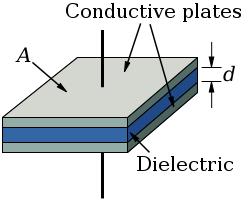University of Wisconsin engineering students tackled the problem of why 50cc 4 stroke Vespas are so slow and no fun to ride. Correction, they went after trying to improve the gas mileage by designing some sort of fuel cell system to aid normal gasoline combustion. They claim a ten percent reduction of fuel used. Let me list their mistakes in no particular order of significance.
1) They are trying to improve the fuel efficiency of a 4 stroke 50cc Vespa
2) They aren’t abandoning gasoline all together to go 100% Hindenberg
3) All the dorks pictured are paying no attention to the girl on the scooter. WTF boys?!
All this points to a need to request the University of Wisconsin to stick to stem cells and shortening the lines for beer at hockey games. (I haven’t been in a decade or more, so they may have banned beer sales all together).
